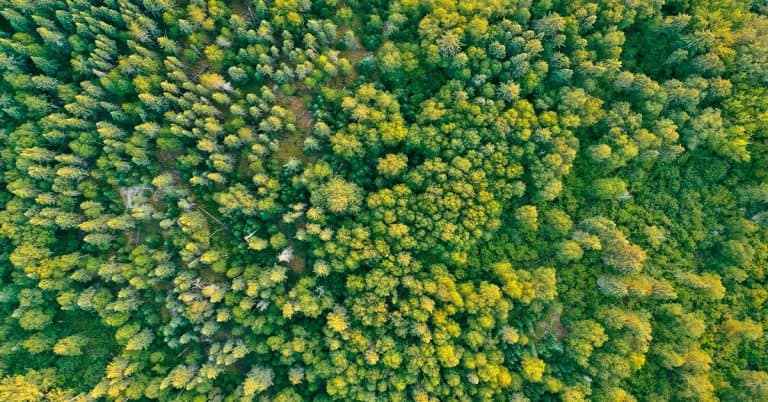Enhanced Rock Weathering (ERW) is considered an important carbon capture and storage method. It involves the application of crushed minerals to soil to accelerate the natural weathering process, where the minerals react with carbon dioxide in the air to form stable carbonates. ERW has the potential to counteract human-induced climate change on a massive scale, but its success largely depends on the accurate monitoring and evaluation of its performance. Understand the importance of monitoring and evaluation in ERW projects and learn about key performance indicators and assessment methodologies.
The role of key performance indicators (KPIs) in ERW projects
As the world faces a climate crisis, strategies to combat carbon emissions are becoming increasingly important. Enhanced Rock Weathering (ERW) projects are gaining traction as an essential tool in minimizing the amount of carbon dioxide in the atmosphere.
Essentially, ERW involves the pulverization of minerals that are efficient in absorbing CO2, which is then spread over agricultural land. The minerals then interact with the atmospheric CO2, forming carbonic acid, which liberates cations that act as soil nutrients.
However, for the benefits of ERW projects to be maximized, monitoring and evaluation must take place, in order to measure the effectiveness of such initiatives.
One of the main reasons for monitoring and evaluation is to determine whether the specific ERW project meets its intended objectives.
Monitoring and evaluating a project does not only refer to measuring its success or failure, but it goes beyond that by looking into the project’s impact on the environment, people, or the economy.
The use of key performance indicators (KPIs) is a useful monitoring and evaluation tool for ERW projects. KPIs are measurable indicators that demonstrate how a project is doing at different stages of the project lifecycle.
One of the most critical KPIs to monitor is the amount of carbon dioxide that is being sequestered by the project. Other relevant KPIs include the amount of minerals applied, the mechanical properties of the soil, as well as the associated costs.
But what are the best ways to implement monitoring practices on ERW projects?
Monitoring and evaluation methodologies
To make monitoring and evaluation worthwhile, it is necessary to use standardized assessment methodologies. These methodologies should consider the differences that may exist between different ERW projects.
In addition, these methodologies should be able to account for the social, economic, and environmental factors that affect project performance.
One widely-used assessment methodology for ERW monitoring and evaluation is life cycle assessment (LCA). LCA is a methodology that assesses the environmental impacts of a product or process from cradle-to-grave.
Conducting an LCA of an ERW project enables one to identify the hotspots of the project that need improvement, the environmental impacts of the project, and it also highlights the trade-offs between different environmental indicators, such as carbon storage, water use, and soil erosion.
Another essential part of monitoring and evaluating ERW projects is to involve different stakeholders. Stakeholders in the project can include local communities, geological units, and commercial entities.
Involving the stakeholders in the monitoring and evaluation process can help ensure that the project aligns with their priorities, concerns, and values. Having a well-informed group of stakeholders also helps to overcome challenges that may arise during the implementation of the project.
Monitoring and evaluating Enhanced Rock Weathering projects is essential to ensure the success of such initiatives
In conclusion, monitoring and evaluation of Enhanced Rock Weathering projects is an important aspect of ensuring the success of the project.
The use of key performance indicators, assessment methodologies, and the involvement of stakeholders holds the potential to make ERW projects an effective carbon capture and storage method. Given the importance of ERW in mitigating climate change, monitoring and evaluating such projects must become a routine process.
It is our responsibility to ensure that we do not miss out on this opportunity to make a significant positive impact on our planet.

